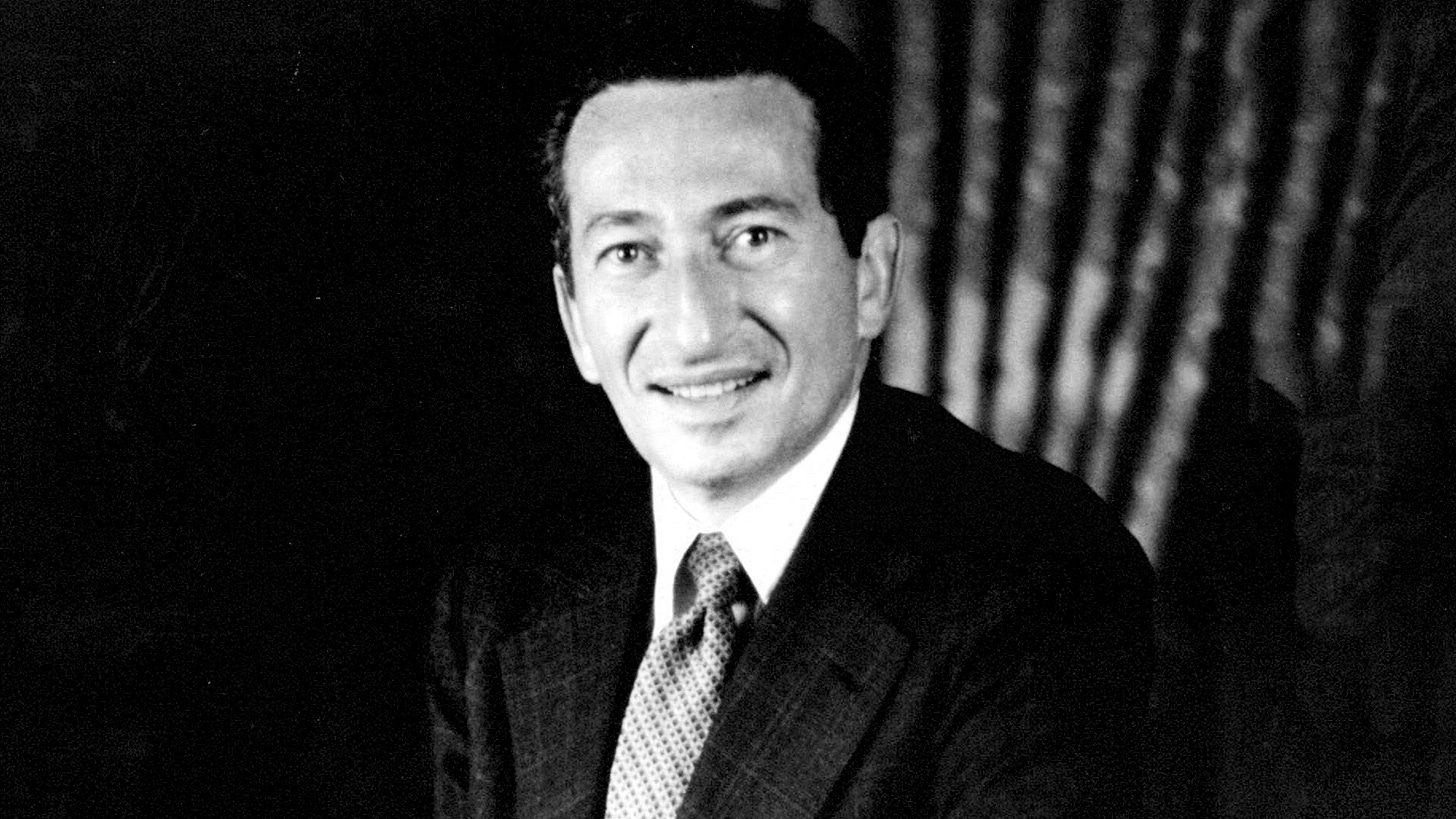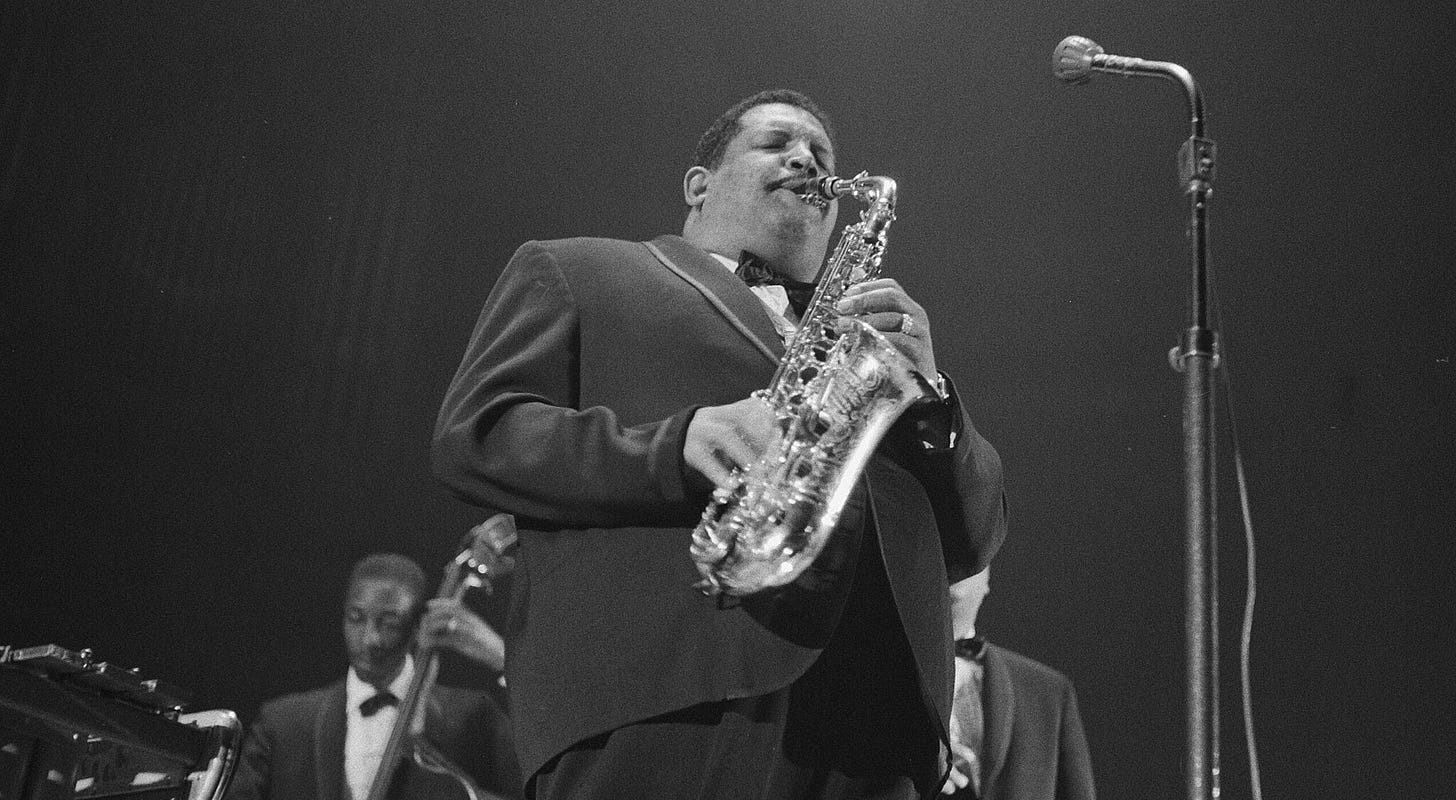Freedom with Form: The Secret to Leading Creative Teams
What Bell Labs, Disney, Apple, and Miles Davis taught me about designing creative conditions.
Since I can remember, freedom wasn’t just something I valued - it was something I strived for. I didn’t like being told what to do, and I assumed others felt the same. So when I began working with interns in my own company, I took a hands-off approach. I’d define the end goal, then let them figure out how to get there.
Every week we’d meet. And every week, they’d look at me with puzzled eyes. They hadn’t moved forward as much. They weren’t confident in their next step. I couldn’t understand it. Wasn’t this what freedom looked like?
With time, I discovered that what I had given them was total autonomy - but no frame. No constraints. No direction apart from the destination. And that’s when I realized: freedom without structure doesn’t empower people. It leaves them floating.
Since then, I’ve been searching for a better way to balance freedom with clarity. And I think I found one.
It’s called circumscribed freedom.
The Power of Purposeful Boundaries
The term "circumscribed freedom" was coined by Morry Tannenbaum, a researcher at Bell Labs. He used it to describe a kind of autonomy that lives inside clear but flexible constraints. Circumscribed freedom is not total freedom. It’s not a blank page. The word "circumscribe" literally means to draw a boundary around something. So this kind of freedom lives inside a circle - one that's deliberately shaped. It’s freedom within constraints.
Importantly, these constraints aren’t there to control people. They’re there to provide a meaningful framework for them to work within. There’s still choice, still autonomy - but it’s bounded by purpose.
Too often, we confuse freedom with the absence of structure. But true creative leadership knows better. It knows that structure shapes exploration - and that freedom without form can become its own kind of confusion.
You can see this in Tannenbaum’s own experience. He was tasked with conducting research on vacuum tubes. No brief. No direction. Just: go.
"It was very, very confusing to me," he later said. "I didn’t know what to do. It was close to cruel and unusual punishment."
He eventually found his way by absorbing the problems around him. He improved electron multipliers. He worked on radar. But as he said, it happened "through osmosis, not instruction."
That’s the key. Bell Labs didn’t give him a task list. But they did place him near the action. They drew a wide but intentional circle. The freedom was circumscribed.
Frame, Then Trust
Creative people love freedom. They need it. But too much freedom can clash with the structure businesses need to move forward. So the real challenge is this: how do you balance freedom with organizational direction? How do you create a culture where people feel liberated to create, but not lost in the process?
I went to check how creative leaders do it.
Walt Disney led this way too. He’d walk into a story meeting and pitch a simple idea: Pluto gets stuck on flypaper. That was the frame.
Inside it, his animators would fill the walls with possibilities - movements, gags, emotional beats. They weren’t told how to animate. They were invited into a creative sandbox.
Then Disney returned - not to dictate, but to curate. He refined the best bits into a story. His genius wasn’t just animation. It was architectural. He framed the creative boundaries and trusted others to fill them.
At Apple, Steve Jobs was known for his clarity of vision. But he rarely told teams how to build.
When Safari was developed, the brief was: make it great - and fast. That was it. No roadmap. No tech stack. Just speed.
Jobs believed that "It doesn’t make sense to hire smart people and then tell them what to do."
This was circumscribed freedom: top-down vision, bottom-up realization. The frame was clear. The freedom was real.
Drawing Boundaries Through Negatives
Creative freedom is essential in the arts. But how do they structure it without killing it? One way is to flip the frame: don’t define what’s inside the circle—define what’s outside it.
That’s how Miles Davis led his bands.
He didn't hand out elaborate sheet music. He didn't direct every solo. As saxophonist Cannonball Adderley put it:
"He never told anyone else what to play. . . . Miles really told everybody [only] what NOT to play."
Davis curated mood, tempo, and rhythm - and gave each musician space to discover their part inside that structure. The result? Some of the most innovative jazz in history.
Freedom without chaos. Direction without dictation.
These examples reveal different expressions of circumscribed freedom. Disney gave his animators a scene to fill. Jobs gave his engineers a goal to reach. Davis gave his musicians boundaries not to cross. Different methods, same principle: create a meaningful frame, then trust people to work creatively.
Designing Boundaries That Guide, Not Confine
This is where leadership becomes intentional design.
You don't just set goals; you shape the container. Circumscribed freedom is not about control - it's about form. It's the difference between a blank canvas and a canvas stretched on a frame.
So, how do you practice it?
Define the why, not the how. Anchor your team in purpose, not process.
Let people learn by watching real work unfold. Place them where they can observe actual problems being solved, not just read about solutions in memos.
Offer critique, not command. Be the mentor, not the manager.
Reinforce boundaries without prescribing direction. Say what not to do - and leave space for others to define the yes in their own voice.
Designing Creative Conditions
Circumscribed freedom isn’t a contradiction. It’s a leadership skill—the ability to give form without taking over.
As a leader, your role isn’t just to inspire—it’s to design the conditions where creative work can happen. Not by removing constraints, but by shaping them wisely. Not by controlling every detail, but by drawing a meaningful circle.
So next time you're facing a blank canvas—whether you're leading a team, a class, or a product vision—ask yourself: Have I given enough shape for others to create meaningfully inside it?
Breakthroughs don’t happen in total freedom. They happen inside the frame.
Nir
Want to help your team create with meaning? That’s exactly what my keynotes are designed to do. Let’s talk.
If you’re enjoying Business Artistry, consider sharing it with a friend or colleague. Just hit the button below.
And as always—I’d love to hear from you. Feedback, ideas, questions, critiques: I read every note.






Great article. Refreshingly thoughtful and full of insight without the usual fluff. I especially appreciated how it reframed leadership not as control, but as conscious containment.
Reading this, I realized I’ve been leading my own company in a similar way—kind of like Steve Jobs… just on a microscopic scale. 😄 Creating the frame, not forcing the picture.
Thanks, Nir, for putting words to something I’ve intuitively practiced but never quite articulated.